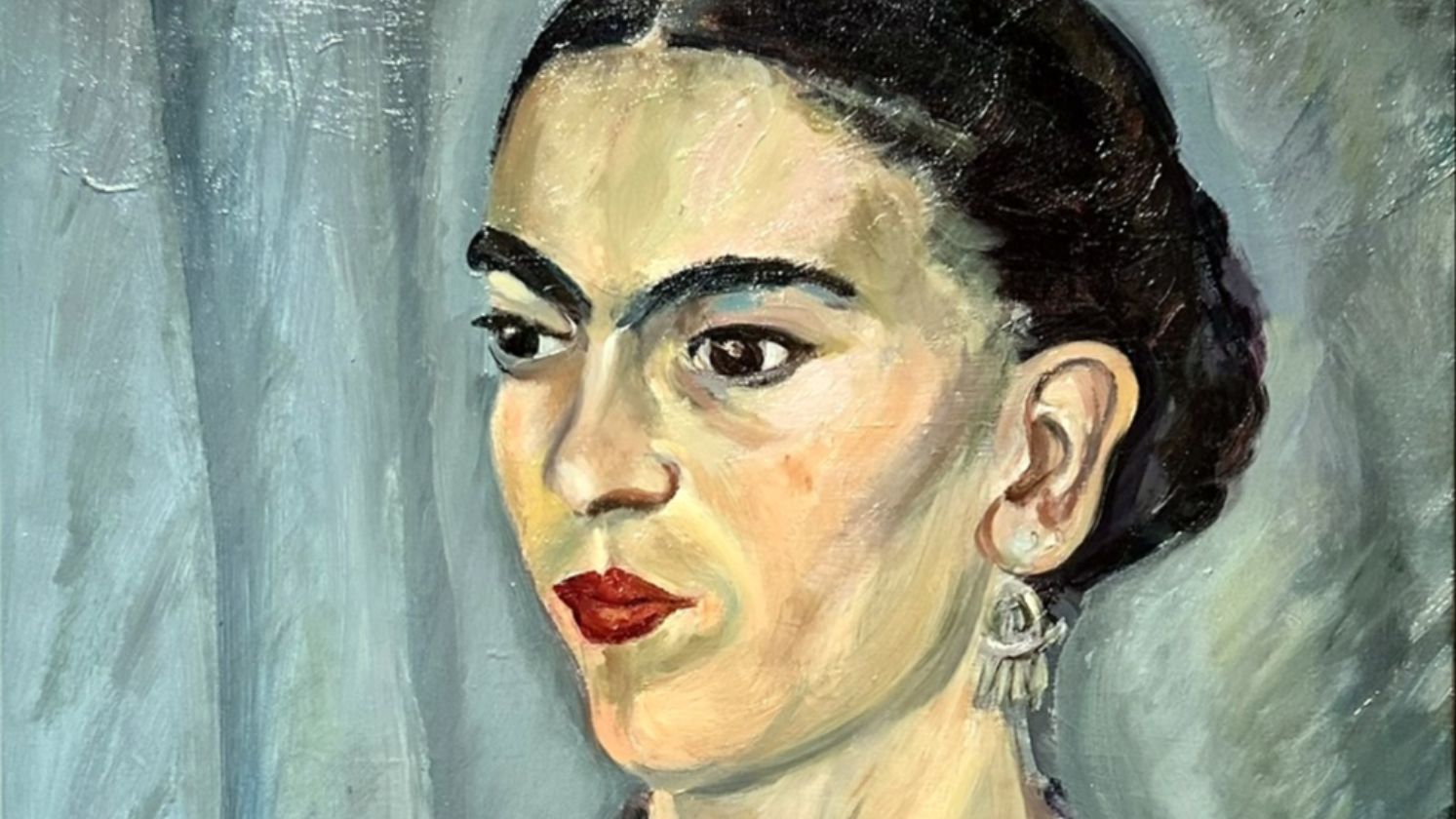20 Little-Known Facts About Genghis Khan, The Brutal Ruler
The Man Behind The Myth
Mention the name Genghis Khan, and someone will probably have something to say about him. However, behind the better-known aspects of the man lies another story, one that may not be found in textbooks. Truly understanding who he was, how he ruled, and what he built demands more than general knowledge. As you read on, you get the expanded version of his story in 20 facts.
1. Born With A Blood Clot In His Hand
According to the Secret History of the Mongols, Khan was born holding a blood clot, seen as a sign of future greatness. Mongol traditions viewed this as a divine marker. Some scholars believe the story served to justify his authority.
2. Kidnapped By A Rival Tribe As A Child
Khan was kidnapped by the Tayichi’ud tribe at age 15. He later escaped by hiding in a river. This episode influenced his views on betrayal and loyalty. Eventually, he defeated and integrated the same tribe into his empire.
3. Real Name Was Not Genghis
Born as Temüjin in the Mongolian steppes, he adopted the title “Genghis Khan” after unifying the Mongol tribes in 1206. The name is believed to derive from “Chinggis,” meaning “universal ruler,” and the change marked his transformation into a world leader.
 Sayf al-Vâhidî. Hérât. Afghanistan on Wikimedia
Sayf al-Vâhidî. Hérât. Afghanistan on Wikimedia
4. Rose To Power After Killing His Half-Brother
Temüjin rose to power by killing his older half-brother Bekhter during a quarrel over food. This decisive move secured his authority within the family. It also demonstrated his capacity to eliminate threats. Warrior tribes respected him for it.
5. Used A Clever Fake Retreat To Win Battles
Khan’s forces often pretended to flee, prompting enemies to give chase. When they did, they ran into ambushes. One of the victories this tactic gave him was at the Battle of Kalka River. Many opponents failed to see through the trick.
 Gary Todd from Xinzheng, China on Wikimedia
Gary Todd from Xinzheng, China on Wikimedia
6. His Army Invented One Of The First Postal Systems
The Yam postal system enabled high-speed communication across the Mongol Empire. Relay stations and couriers kept messages moving at up to 200 miles daily. This network became a vital administrative tool, later earning praise from Marco Polo.
 Early 14th century on Wikimedia
Early 14th century on Wikimedia
7. Banned The Sale Of Women
Women in the Mongol Empire gained protection under Genghis Khan, who banned their sale and abduction— a legal change that raised their societal status. He valued the advice of his mother and wife and viewed strong families as essential for long-term stability across his empire.
 Basawan / Bhim Gujarati on Wikimedia
Basawan / Bhim Gujarati on Wikimedia
8. Practiced Religious Tolerance Across His Empire
Genghis Khan welcomed Buddhist monks, Muslim imams, and Christian priests into his court and exempted religious leaders from taxes and military service. His belief was that spiritual unity promoted stability, and his policies attracted professionals, including doctors and artisans.
9. Never Allowed His Likeness To Be Painted
There are no verified portraits of Genghis Khan created during his lifetime. To him, stories were more powerful for remembrance than visuals. This contributed to his larger-than-life image. Modern depictions are speculative, and his anonymity even extended to his grave.
 Unknown authorUnknown author on Wikimedia
Unknown authorUnknown author on Wikimedia
10. Buried In A Secret, Unmarked Grave
Legends claim Khan’s funeral escort killed those along the burial path and obscured the grave by riding horses over it. The tomb’s location remains a historic mystery, and many believe it holds treasure. Despite several expeditions, the site has never been found.
11. Created A Law Code Called The Yassa
Genghis Khan established the Yassa, a confidential law code covering everything from military rules to animal cruelty. It united diverse tribes under one system. Punishments were severe and included death. Though secretive, the code’s legacy endured for generations.
 14th-century artist on Wikimedia
14th-century artist on Wikimedia
12. Granted Tax Exemptions To Teachers And Doctors
Teachers and doctors were exempt from taxes in the Mongol Empire. Genghis Khan valued education and healthcare as pillars of a strong society, and this policy encouraged professional growth. Experts from conquered regions were absorbed into the empire’s workforce.
13. His Generals Were Promoted Based On Merit, Not Birth
Genghis Khan valued loyalty and skill above heritage. Many of his top generals came from humble backgrounds—Subotai, a blacksmith’s son, is an example. By prioritizing results, he built a dependable command structure. This strategy encouraged loyalty from the ranks.
14. His Empire Controlled More Land Than The Roman Empire
The Mongol Empire under Genghis Khan became the largest contiguous empire in history. His successors expanded it further, and his strategies made this scale of control possible. At its height, it stretched from Korea to Eastern Europe.
15. United Over 1 Million Nomads
By building alliances among rival tribes, Genghis Khan united over one million nomads. His charisma and victories attracted broad support. He incentivized loyalty with rewards and social mobility. This coalition became the engine of the Mongol war machine.
16. Over 16 Million Men Alive Today Are His Descendants
Scientists have linked a widespread Y-chromosome lineage to Genghis Khan. Over 16 million men today share it, mostly in Central Asia. Through multiple marriages, he had many children, and his descendants ruled vast territories for generations, extending his biological legacy.
17. Introduced Diplomatic Immunity For Foreign Envoys
Genghis Khan protected envoys—even those from rival powers. Harming one was a serious offense. This policy allowed trade and diplomacy to flourish. His emissaries traveled to Europe and the Middle East. Today’s diplomatic immunity has roots in his far-sighted protections.
 Sayf al-Vâhidî. Hérât. Afghanistan on Wikimedia
Sayf al-Vâhidî. Hérât. Afghanistan on Wikimedia
18. His Death Caused Is Uncertain
Some records say Genghis Khan died from a fall during a military campaign. Other accounts suggest battle wounds or even assassination. The truth remains unclear, but his death was concealed until a major victory was secured. He requested to be buried quietly.
 Atelier de Maître de la Mazarine on Wikimedia
Atelier de Maître de la Mazarine on Wikimedia
19. Conquered More Territory Than Any Other Individual
Khan’s conquests totaled approximately 12 million square miles, more than any other individual in history. He defeated powerful dynasties such as the Khwarezmids and the Jin. These campaigns altered the political and cultural map of Eurasia.
20. Turned Bandits Into Loyal Warriors
Genghis Khan recruited enemies rather than executing them. Many even became among his most trusted commanders. This policy expanded the army quickly and instilled both fear and respect. Even sworn enemies became allies under his rule.
KEEP ON READING

20 Popular Foods Throughout History That Were Made By Mistake
How Many Of Your Favorite Foods Were Happy Accidents?. Even…
By Emilie Richardson-Dupuis Oct 9, 2025
Becoming An Adult: 20 Rites Of Passage Performed Worldwide
Growing Pains. There are many ways to signify that you’re…
By Breanna Schnurr Oct 8, 2025
10 Reasons Germany Lost World War II & 10 Reasons…
How a Nation of Precision Fell to Chaos. World War…
By Cameron Dick Oct 8, 2025
20 Historical Figures For Hispanic Heritage Month
History & Heritage. Running from September 15 to October 15,…
By Ashley Bast Oct 8, 2025
The 20 Most Notorious Gangsters Of The 20th Century
Who Were The Most Infamous Criminals Of The Last Century?.…
By Emilie Richardson-Dupuis Oct 7, 2025
20 Historical Figures Whose Careers Ended Unexpectedly
What Really Happened to Amelia Earhart?. The men and women…
By Rob Shapiro Oct 7, 2025













